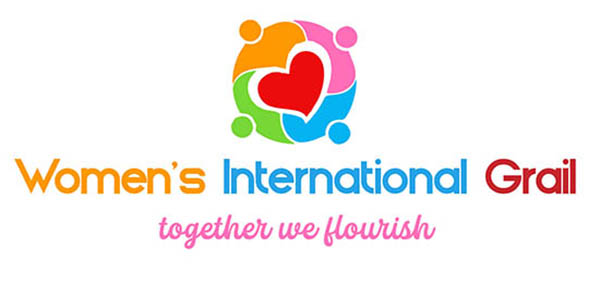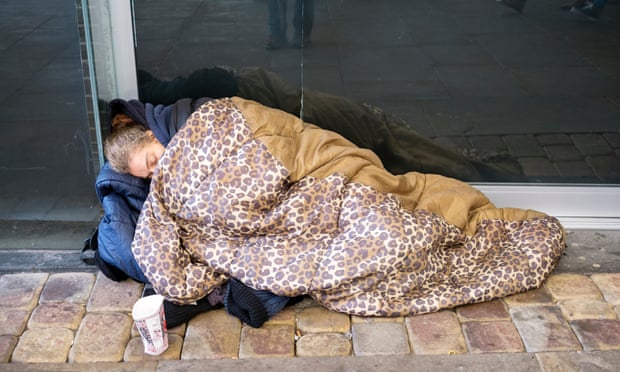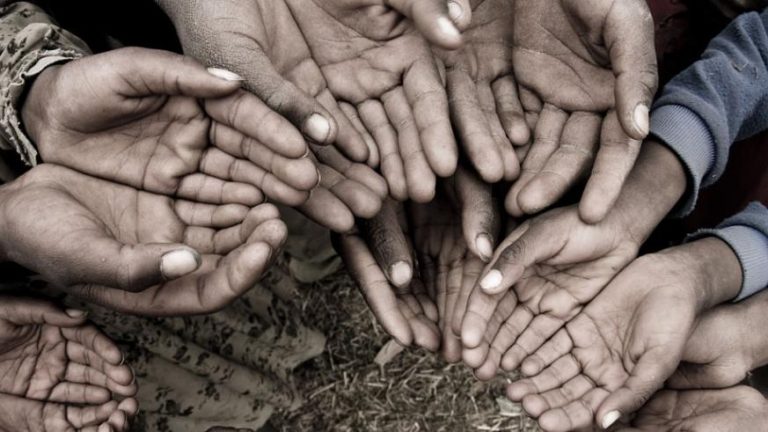No matter where you live, or how you pay for your home, from private renting, social renting, to home ownership and sheltered accommodation, the breadth of the UK housing crisis has affected millions of people across the country, young and old, and living in many different kinds of households.
This year, with International Women’s Day falling on the same day, 8 March, as the spring budget, we’ve taken a look at the ways in which the housing crisis disproportionately disadvantages women across the UK.
Women earn less, so they pay more, proportionally, in rent
That stubborn gender pay gap means that women continue, on average, to earn less than men. And that in turn means households supported by women are paying larger-than-average proportions of income on rent. The government equalities office says the gender pay gap currently stands at 18%, with more women working part-time or in lower-earning jobs. Across a lifetime, this means much less disposable income, a higher proportion of earnings spent on rent, more difficulty saving for a deposit and less financial security.
Domestic violence services are being cut
In England and Wales, according to charity Refuge, one in four women will experience domestic violence in their lifetime and 8% will suffer domestic violence in any given year. There is huge concern that housing benefit changes are making it harder for women’s shelters to operate and support women who flee domestic violence.




